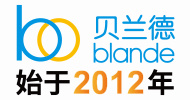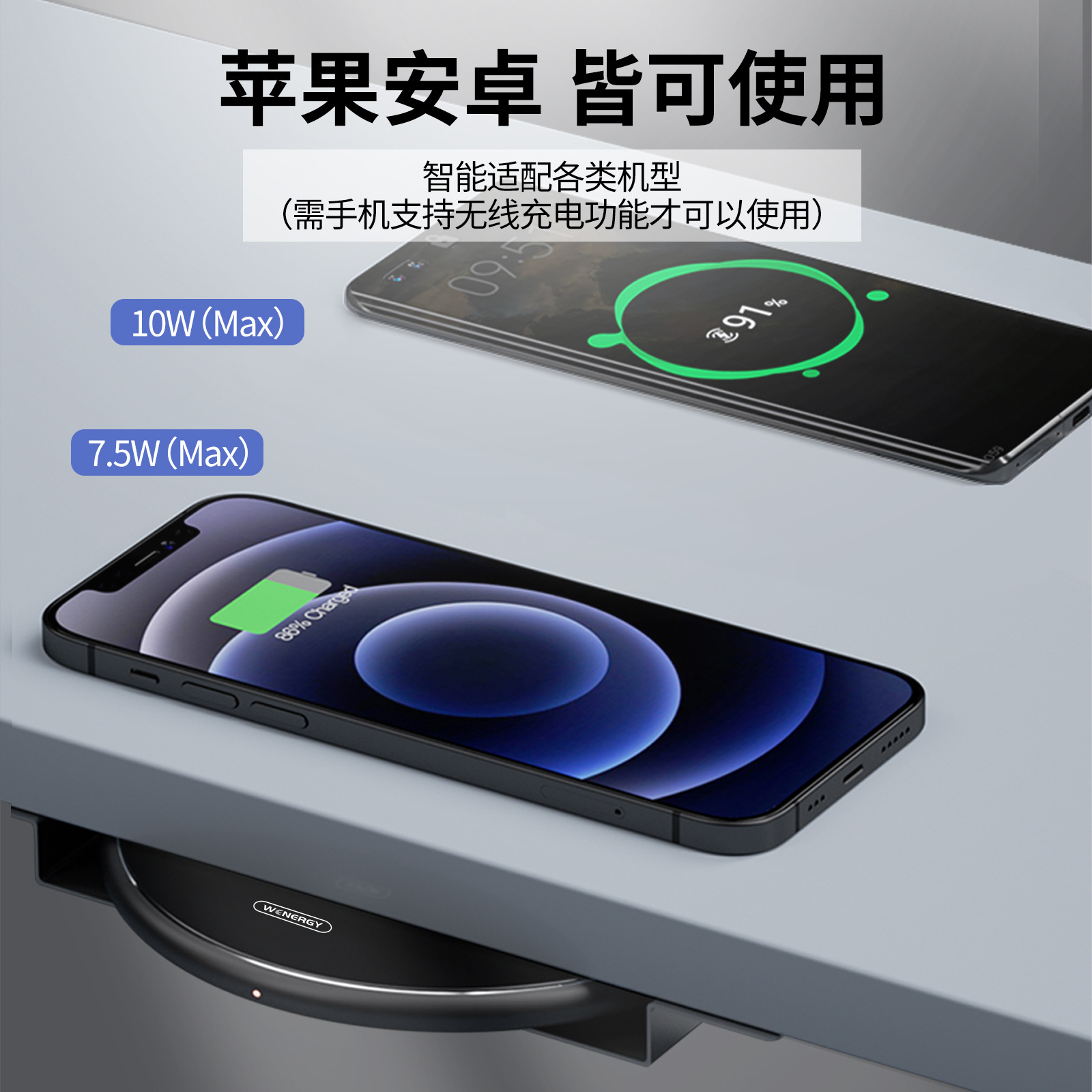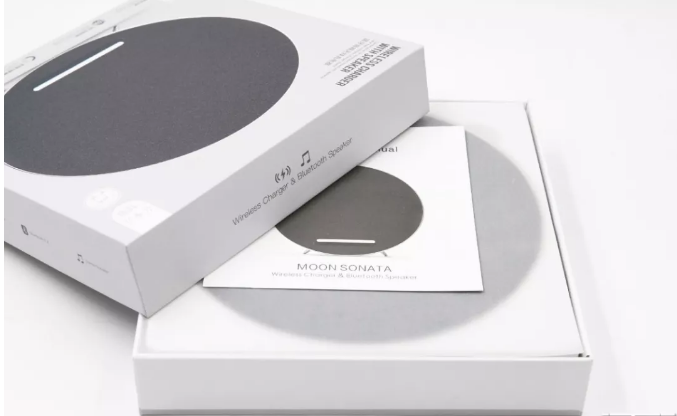
Comparison of wireless charging single chip microcomputer schemes
Wireless charging single-chip technology refers to the technology of charging devices with batteries without wires, using the principle of electromagnetic wave induction and other related AC induction technologies, and using appropriate equipment to send and receive AC signals that induce induction on the sending and receiving sides. Transmission technology, let’s learn about the comparison of wireless charging microcontroller solutions!
The research on wireless charging microcontroller technology originated in the 1930s. Michael Faraday discovered the phenomenon of electromagnetic induction, that is, the change of magnetic flux generates induced electromotive force, which generates current in the wire. However, the original idea of wireless power transmission was the idea and experiment of wireless power transmission proposed by Nikola Tesla in the 1990s, known as the father of wireless power transmission.
Technical principle
From the perspective of specific technical principles and solutions, the current wireless charging technology mainly includes four basic methods: electromagnetic induction type, magnetic resonance type, radio wave type, and electric field coupling type. These technologies are suitable for short-range, medium-range and long-range power transmission, respectively.
Comparison of various principle schemes of wireless charging microcontroller
At present, the electromagnetic induction type is mature and common. The basic principle is that, as shown in Figure 1, using coils on the sending side and receiving side respectively, an alternating current of a certain frequency flows in the primary coil, and a certain current is generated in the secondary coil through electromagnetic induction, so that energy is transmitted from the transmission side. The principle of electromagnetic induction from the side moving to the receiving side.
Magnetic resonance type, also known as near-field resonance type, consists of an energy transmitting device and an energy receiving device. If two devices are tuned to the same frequency, or resonate at a certain frequency, they can exchange energy with each other. It works on the same principle as sound resonance, where coils of the same vibration frequency arranged in a magnetic field can be powered from one to the other. figure 2. The technical difficulty lies in miniaturization and high efficiency, which is considered to be a promising way for electric vehicles to be applied to wireless charging in the future.
The radio wave formula is similar to the basic principle of the early ore radio, which is mainly composed of a microwave transmitting device and a microwave receiving device. A typical example is Brown's microwave power transmission system in the 1960s, whose image is shown in Figure 3. The whole transmission system includes three parts: microwave source, sending antenna and receiving antenna; the microwave source has a magnetron, which can control the source to output a certain amount of power in the 2.45 GHz frequency band; the transmitting antenna is an array of 64 slots, and the receiving antenna has 25% collection and conversion efficiency. The mobile wireless charging system of Japan's Ryugu University also uses microwaves with a frequency of 2.45GHz to transmit power, lighting up the police lights of a model police car in motion.
The electric field coupling method uses the induced electric field generated by the vertically coupled two groups of asymmetric dipoles to transmit electric energy. The basic principle is to transmit electric energy from the transmitting end to the receiving end through the electric field. This method is mainly used by Murata Manufacturing and has the characteristics of resistance to horizontal offset.
The above is the comparison of wireless charging microcontroller solutions. If you want to know more, please feel free to contact us!















